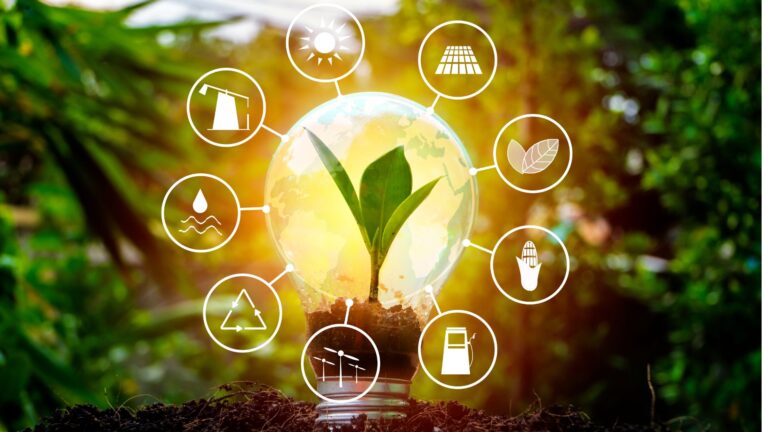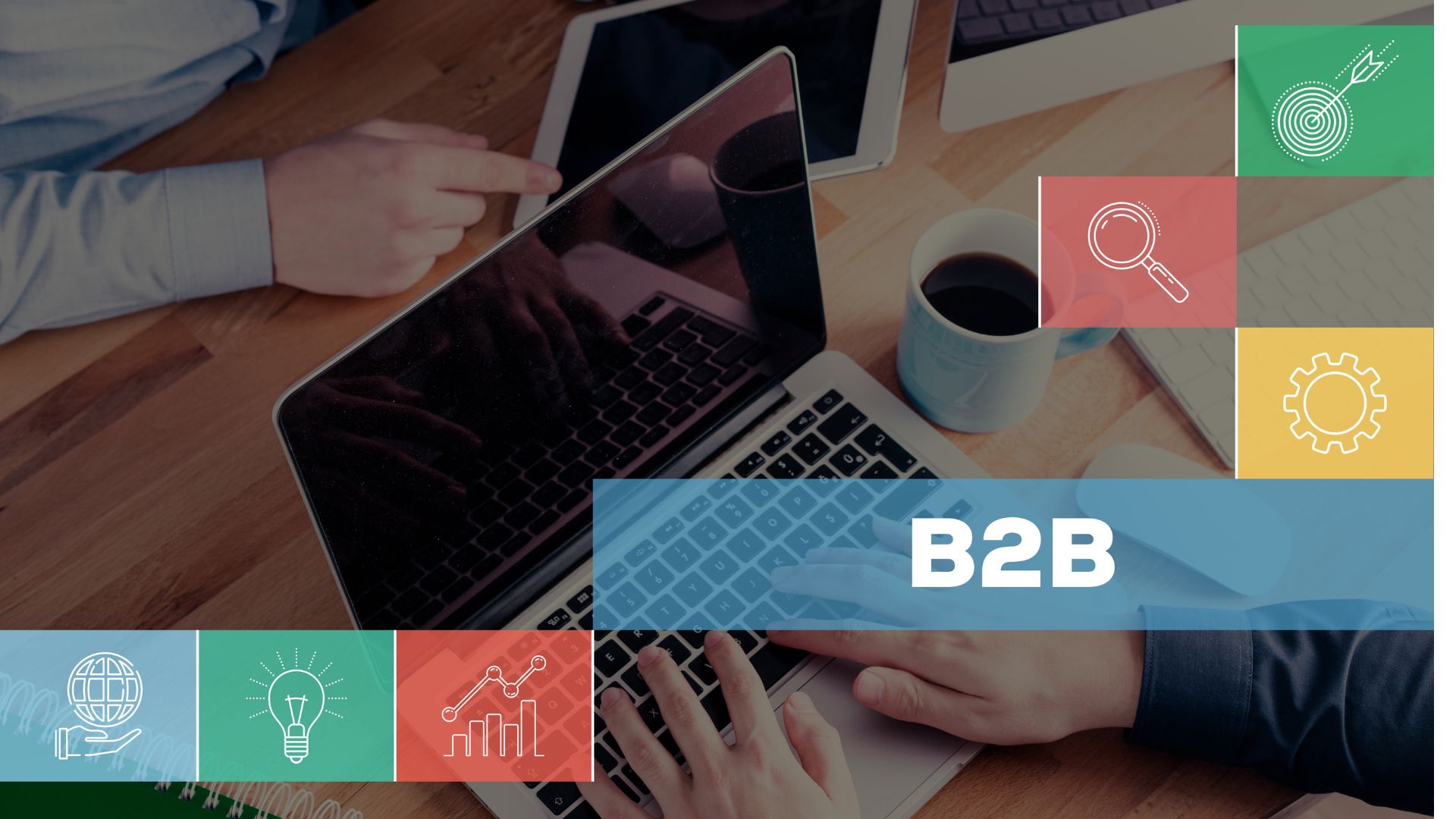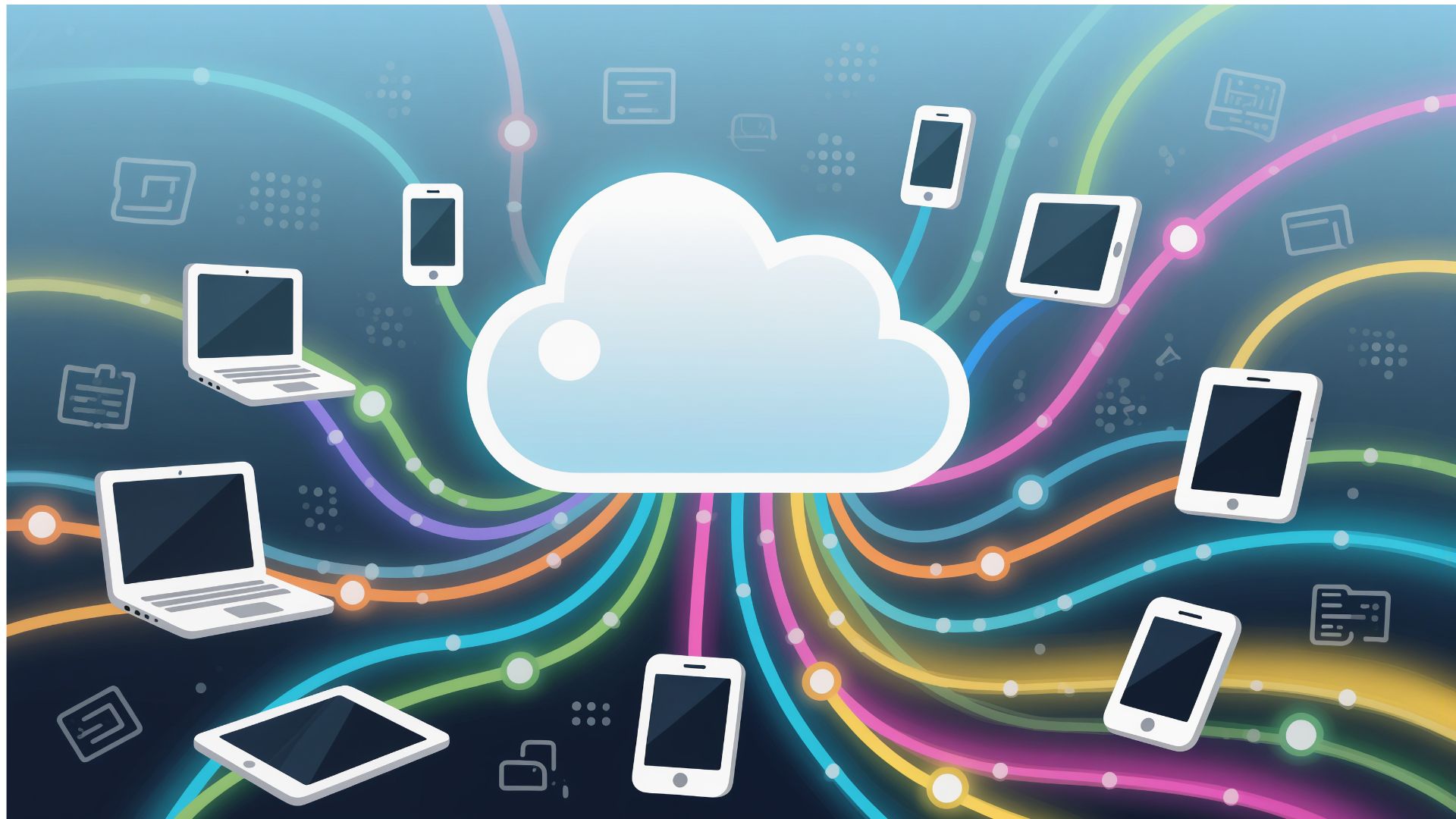The transition to a more sustainable and stable energy system depends largely on the adoption of smart grids. For technology companies, this represents an opportunity to develop innovative solutions that drive the digitalization of the energy sector. By investing in technologies such as AI, the Internet of Things (IoT), and data analytics, you can actively contribute to building a cleaner energy future.
What are smart grids ?
Smart grids, also known as smart grids , are systems that combine energy and technology. Unlike traditional networks, which only transport electricity in one direction, smart grids allow two-way communication between those who generate, distribute, and consume energy.
And why is this important? Because energy is no longer produced solely in large plants, but also in homes, businesses, and solar farms. These networks make it possible to manage this entire flow of energy efficiently, safely, and flexibly.
How does a smart grid work?
A smart grid uses sensors, real-time data, automation, and artificial intelligence. This allows it to “see” what’s happening at every point in the system. For example, if there’s excessive demand in one area, it can redirect power from another. Or if there’s a power failure, the grid adapts automatically , without the need for manual intervention.
Furthermore, data allows for anticipation. With predictive models, we can estimate how much energy will be needed tomorrow, or when solar production will decline. This way, outages and losses can be avoided, and resource use can be optimized.
Benefits of smart grids
The implementation of smart grids offers multiple advantages:
- Energy efficiency : They allow for more efficient management of energy distribution, reducing losses and optimizing the use of resources.
- Integration of renewable energy : They facilitate the incorporation of renewable energy sources, such as solar and wind, into the electrical system.
- Active consumer participation : Users can monitor and adjust their consumption in real time, encouraging more conscious energy use.
- Rapid incident response : Automation and continuous monitoring allow for rapid detection and response to network problems.
Challenges and opportunities
Despite progress, significant challenges remain. In Europe , the modernization of electricity infrastructure has not kept pace with the growth of renewable energy, leading to bottlenecks and considerable economic losses. An estimated €7.2 billion in renewable electricity was wasted in seven countries by 2024 due to grid constraints. This highlights the urgent need to invest in the digitalization and expansion of electricity grids.
A real example: how Denmark does it
Denmark is a good example of effective implementation. This country, with high wind power penetration, has managed to balance its system thanks to advanced digital grids. With more than 50% of its electricity coming from wind, it needs a grid that adapts to weather variations in real time.
It achieves this through platforms that collect minute-by-minute consumption and production data. If a wind farm produces more than expected, that energy is redirected to batteries, industrial facilities, or even exported. If there is a shortage, storage comes into play or demand is adjusted. All of this is managed automatically, with artificial intelligence at the heart of the system.
Why is it key to the energy transition?
The energy transition is about moving away from fossil fuels and toward renewable sources like solar and wind. But these sources aren’t constant. You can’t make the sun shine brighter if you need more energy. That’s why you need flexibility. And that’s where smart grids make the difference.
These grids allow for the integration of more renewable energy without compromising system stability. They also facilitate new ways of consuming energy, such as electric vehicles, energy communities, or self-consumption systems with solar panels.
How does it impact companies ?
For businesses, smart grids open up new opportunities . You can monitor your consumption in real time, adjust your demand, sell surpluses, or participate in energy flexibility programs. This not only reduces costs but also improves your sustainability and visibility to your customers.
Furthermore, if your company develops technological solutions this is a growing market. Electric utilities need tools to automate processes, analyze data, forecast demand, and protect the grid. Artificial intelligence, edge computing, and IoT are key players here.
The role of AI: advanced learning and prediction
Artificial intelligence is a fundamental ally. With machine learning algorithms, networks can predict failures, detect anomalous behavior, and adjust distribution before a problem arises.
It also allows for the management of millions of data points in real time: production, consumption, temperature, prices, demand by sector… All of this translates into automated decisions that make the system more agile, economical, and resilient.
Towards a digital and sustainable future
Only through the digitalization of the electricity grid can the energy transition be achieved. And for technology companies, this is a key moment. If you work in AI, sensors, connectivity, or data analytics, you can play an active role in this transformation.
Investing in smart grids is a commitment to a cleaner, more efficient, and fairer energy system. It’s also a concrete way to respond to the global demand for sustainability, with real technology and measurable results.




